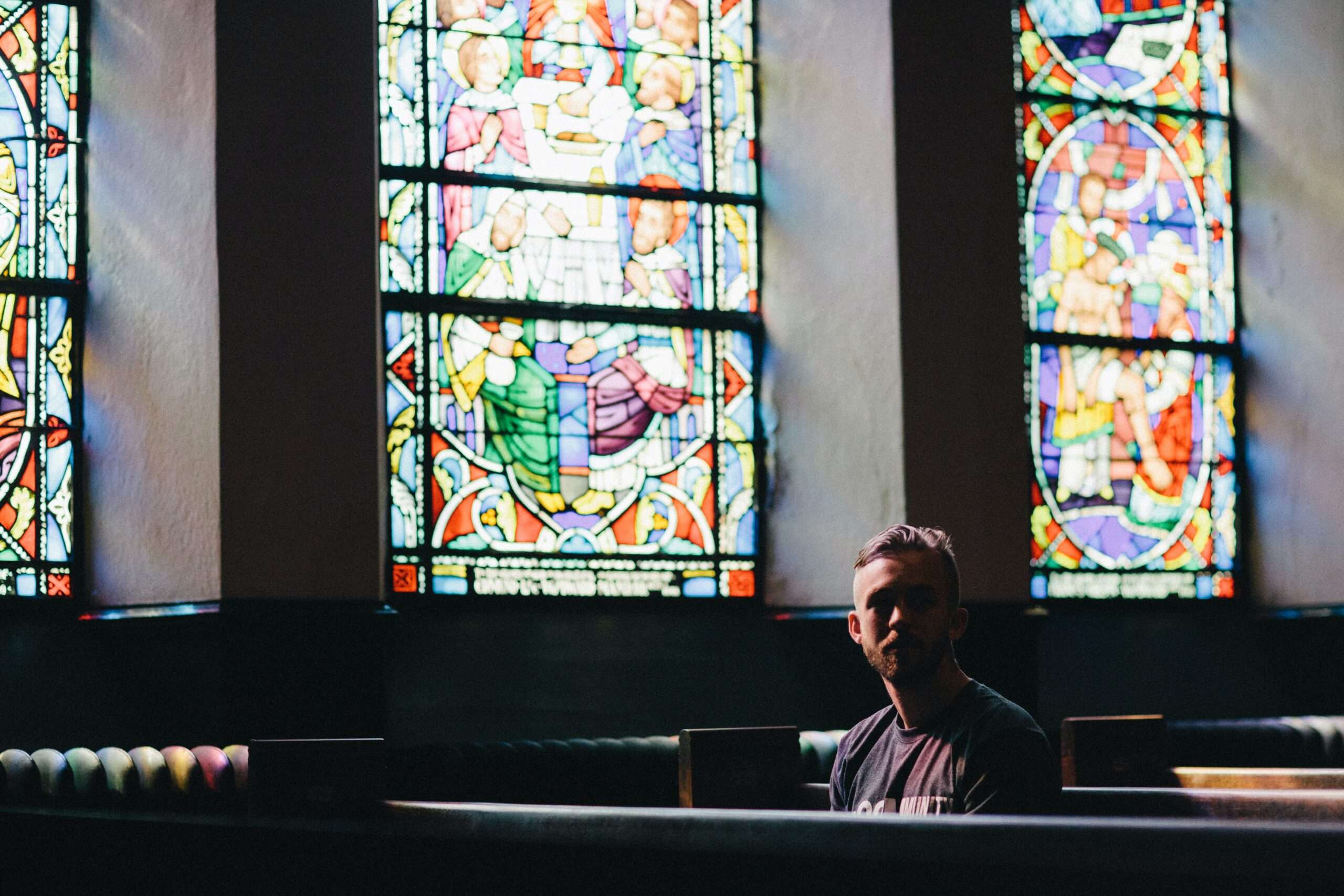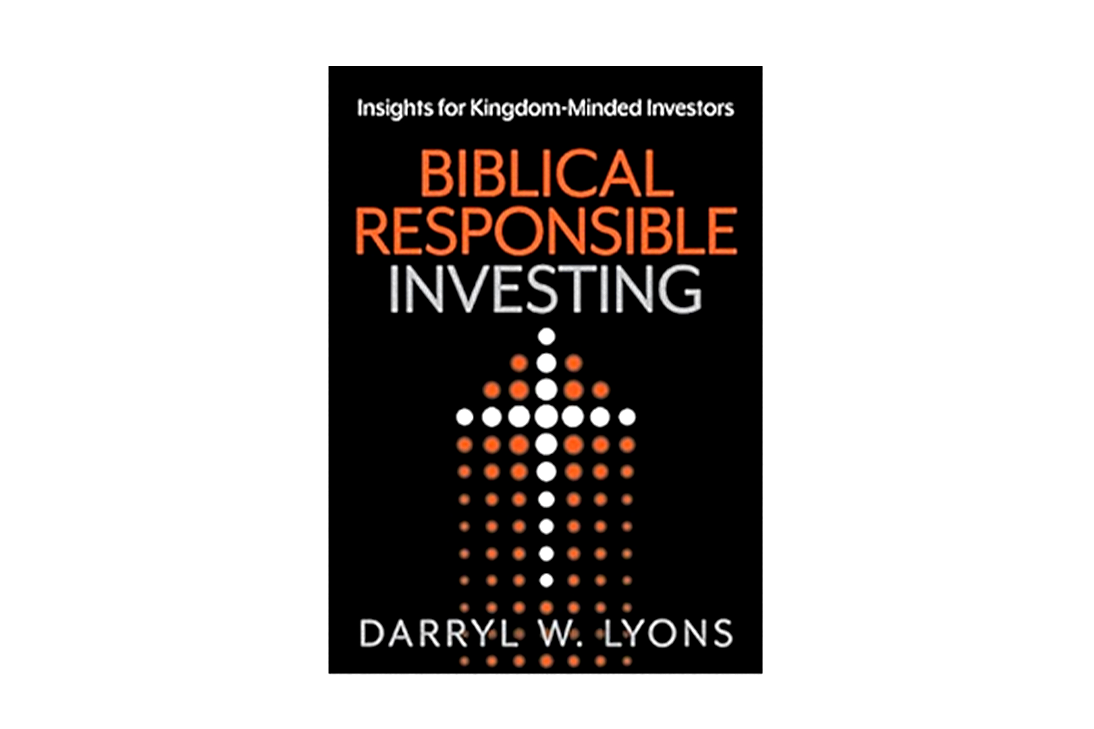The work looks like some late-era DOS program with the addition of animation on par with the first Windows screensavers. But the stuff moving on the screen isn’t a ricocheting shape but a grid of numbers, pulsing. The job for Mark S. is to identify the numbers that feel a certain way and drag them to a discard folder. It’s called sorting. The company, a corporation called Lumon Industries, offers a smorgasbord of incentives to motivate Mark S. and his team to sort faster and better.
What exactly sorting does, and why it matters enough to be complicatedly classified, gives shape to Severance, an Apple TV+ series, season two of which released earlier this year. And as of the new season, I think I can tell you, we’ve learned that only the work done by Mark S. matters. In fact, whatever mysterious project drives the whole Lumon operation in some way hinges on Mark S. completing his sorting. He doesn’t know that, though. And even when, in Severance’s season 2 finale, Mark S. learns the intended result of his sorting project, the nature and function of the work remain a mystery. He only knows the numbers on the screen and, basically, the three people who work with him.
Sounds odd, right? But I think the really odd part is that what happens in Severance is actually pretty common. The show just lets us see it.
Severance, which debuted in 2022, is a slowly unwinding science-fiction mystery laced with clues that suggest a larger conspiracy (or reality) in which the characters exist. The show, which is produced and mainly directed by comedian Ben Stiller, is officially Apple TV+’s most watched, collecting more views after its sophomore debut than all three seasons of Apple’s other hit, Ted Lasso.
For the most part, we viewers learn as the characters do. At first, like in the pilot, all we know is that Helly R. (Britt Lower) has awakened in an office conference room with no sense of how she got there. Over time she meets Dylan G. (Zach Cherry), Irving B. (the great John Turturro, O Brother, Where Art Thou?, Barton Fink), and Mark S. (Adam Scott, Parks and Recreation, Step Brothers). The others explain that Helly R. hasn’t been abducted or imprisoned. She’s just at her first day of a new job.
Each member of this quartet has been severed, which means they’ve had some kind of computer chip surgically implanted in their brains that allows them to completely divide their work lives from their personal lives — really, their work’s consciousness from their other consciousness. An invisible barrier encases the “severed floor” of Lumon Industries, and within this fence, severed employees go about their work with no knowledge, memory or otherwise, of their non-work selves. When they leave the office, they have no memory or knowledge of what they’ve done at work. Though the timeline isn’t always parallel, Severance moves back and forth between the story lines of the innies (severed people at work) and outies (severed people in the real world).
The reasons for this procedure are both corporate and, at least on the surface, personal. Employees are doing work that is highly classified, imbued with the importance that mystery imparts. And for these workers, some kind of experience or trauma may make it beneficial to be severed. As we learn more about Mark S. in the outie world, we’re told his wife died in some kind of accident, and the disembodiment he achieves during the workday gives him some relief — again, innies know nothing about their outies.
As much as anything, the workplace in Severance serves as the show’s antagonist. Except, in its defining genre twist, for the innies, their own outies play the villains. The innies on the severed floor don’t know why they themselves conspired to lock them into a work-only consciousness. Almost as if someone else planted them into a cult.
Actually, the cult dynamic comes into play a lot. The show takes place in a decidedly religious frame. The Lumon company has developed a dogma in the vein both of the dystopian genre — think 1984’s Big Brother or, more recently, “the founders” of Silo — and mid-century American Protestantism. In his writing about this, Ross Douthat points out: “The Eagan philosophy, as expounded in official documents and corporate jargon and [founder-deity] Kier’s supposed wisdom, is a mash-up of old-America influences, from Benjamin Franklin’s Poor Richard to the Rockefellers and Carnegies to Ford-era managerialism. And it doesn’t seem like a coincidence that the show’s two brushes with Christianity — at a church funeral and in a dinner-table conversation about a Lutheran pastor’s views on the souls of severed workers — both feature forms of Mainline Protestantism.”
I’m unconvinced by interpretations of Severance that slap it with labels of satire or allegory, though those elements play a role in the show. But Severance does operate like a literalization of workism, an idea increasingly explored by sociologists that see people looking for near-spiritual fulfillment from the workplace.
Which could be why, even as sci-fi and far-fetched as the show comes to our eyes, its story reflects more of us than we’d probably like to see. Think of the normal office, and you can peg some language of innies and outies. You’ve no doubt heard plenty of jokes about “office spouses” and, in cruder spaces, rankings of attractiveness on an “office hot” scale. As if what happens around the cubical, stays somehow severed from what happens away from it.
Think a little broader now, about how those who talk about work-life balance often do so as a kind of euphemism for “times I don’t have to think about work,” all while the tech campuses in Northern California go to extremes to make sure time away from work is as unnecessary as possible. We’d like to tell ourselves that the next productivity hack will somehow make us superhuman. In Severance, the Lumon folk accomplish that, only instead of superhuman, innies are subhuman. A literalization of what we’re doing.
Every job under the sun contains aspects both formative and deformative. Even though you and I likely won’t inject some kind of micro computer-bullet into our brains to sever work life from private life, we may well do work in a way so fractured from who we really are that we’re deformed into something else. And many of us do spend panic-level energy trying to reintegrate again. Just look at the entire industry of books and podcasts and events aimed at combatting burnout. Though in for those on the severed floor, it’ll have to wait.
Apple TV+ renewed Severance for a third season. That raises a frustration many of us have felt before. Severance joins a long, long line of (tech-funded) ventures that, once they find a little success, get milked dry and, almost always, outlive any real interest. I’ll watch next season, and hopefully I’ll enjoy it. But let’s not pretend more show means less resolution. And practically, it means what Mark S. moves around on his screen really doesn’t matter after all, just as long as it keeps him and us in front of our DOS-tinged screens. —Aaron Cline Hanbury





